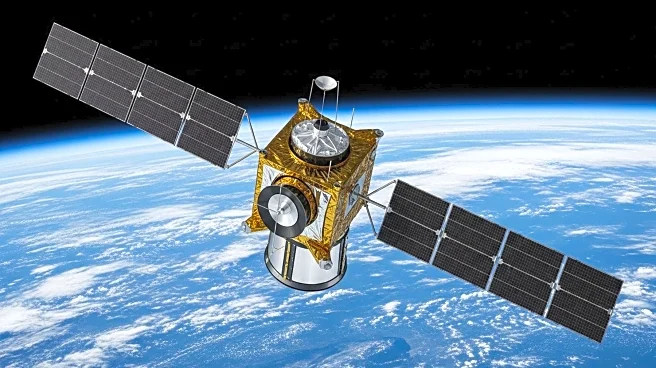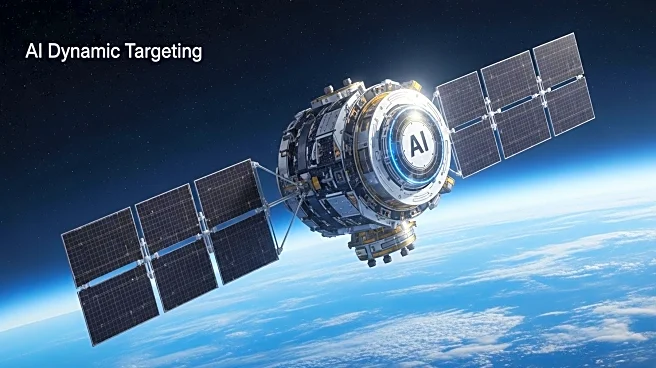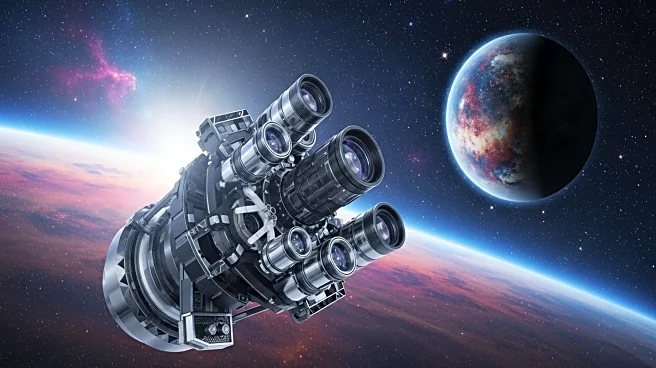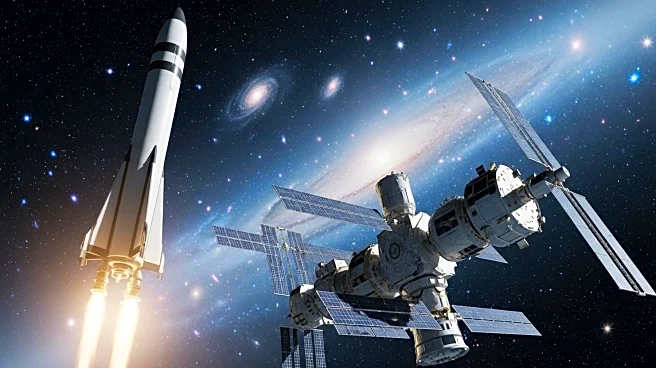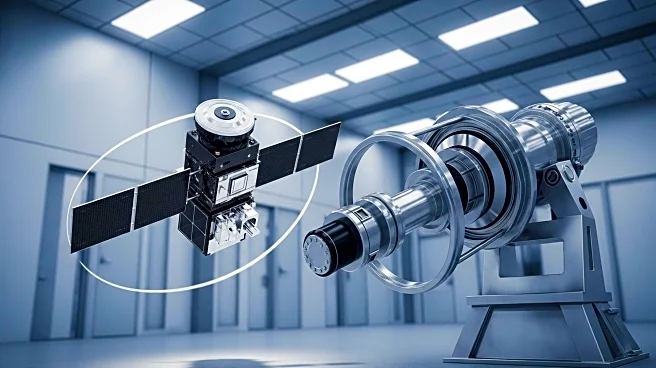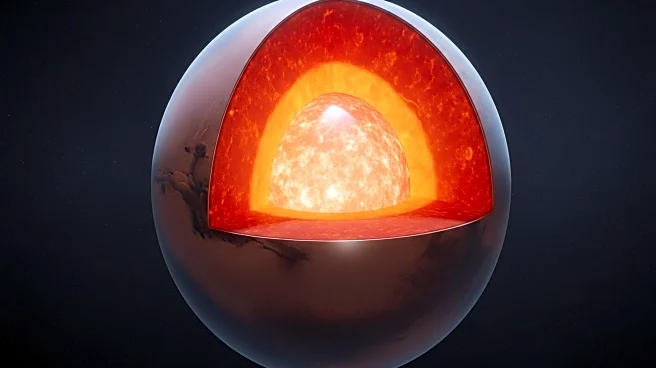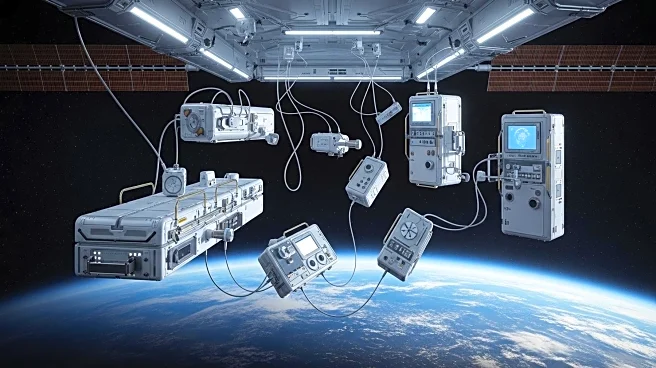What's Happening?
NASA's Aqua satellite, launched on May 4, 2002, is currently orbiting 438 miles above Earth's surface, gradually lowering in height as it nears the end of its mission. Aqua's primary goal is to enhance understanding of Earth's water cycle by collecting data on ocean water, water vapor, clouds, precipitation, soil moisture, sea and land ice, and snow cover. As part of NASA's 'A-Train' satellite group, Aqua plays a crucial role in providing comprehensive insights into global water dynamics. The satellite's observations contribute to climate research and help scientists better understand environmental changes.
Why It's Important?
Aqua's data is essential for climate scientists and researchers studying Earth's water cycle and its impact on global climate patterns. By monitoring various aspects of water dynamics, Aqua helps improve weather forecasting, climate modeling, and environmental management. The satellite's findings are crucial for understanding the effects of climate change, including shifts in precipitation patterns and the melting of ice caps. Aqua's contributions to climate science aid policymakers and environmentalists in developing strategies to mitigate climate-related challenges and protect ecosystems.
What's Next?
As Aqua continues its mission, scientists will analyze the satellite's data to refine climate models and improve predictions of future environmental changes. The insights gained from Aqua's observations will support ongoing research efforts to address climate change and its impacts. NASA will continue to collaborate with international partners to enhance global understanding of Earth's water cycle and develop innovative solutions for environmental sustainability.
